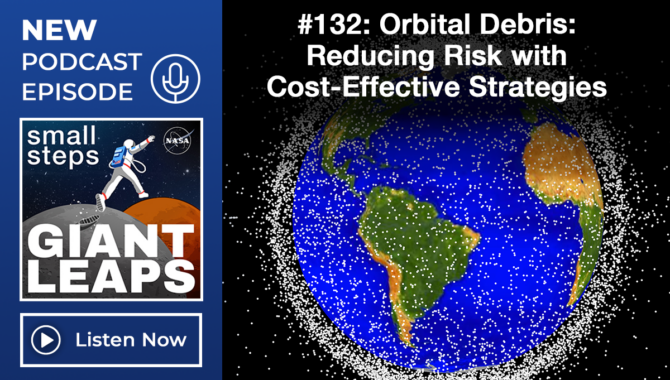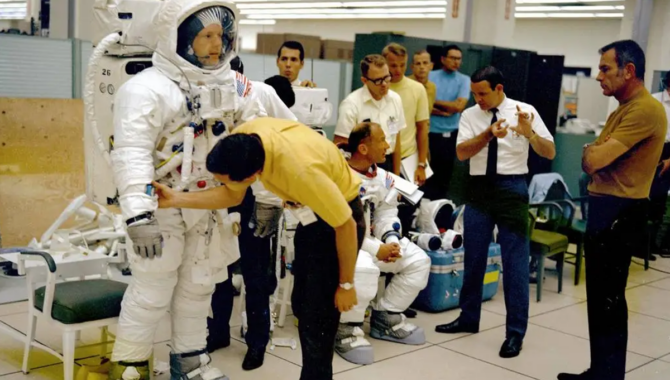
Representatives from NASA, FEMA, federal agencies and international partners discuss real challenges posed by hypothetical scenario.

Representatives from NASA, FEMA, federal agencies and international partners discuss real challenges posed by hypothetical scenario.

A new NASA report titled Cost and Benefit Analysis of Mitigating, Tracking, and Remediating Orbital Debris compares the cost-effectiveness of several strategies that could reduce the risk of collisions between spacecraft, including the space station, and orbital debris.

Pointing method developed decades ago uses full complement of instruments to focus on targets with precision.

The Artemis Lunar Terrain Vehicle (LTV) will help astronauts explore the surface of the Moon like never before. Applying lessons learned from Apollo could help future surface missions to the Moon – and Mars.

In June 1969, NASA charges Apollo 11 with a single, straightforward objective — Perform a manned lunar landing and return.

Edward C. Stone, former director of NASA’s Jet Propulsion Laboratory and longtime project scientist of the Voyager mission, passed away on June 9, 2024. He was 88 years old. In this 2018 video, Stone talks about the Voyager 2 spacecraft reaching interstellar space, six years after Voyager 1 reached the same milestone.